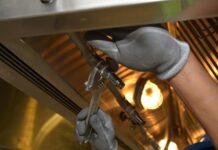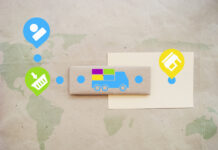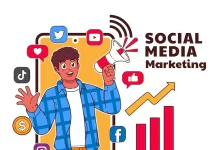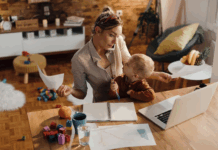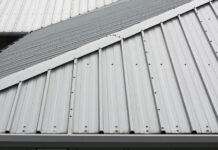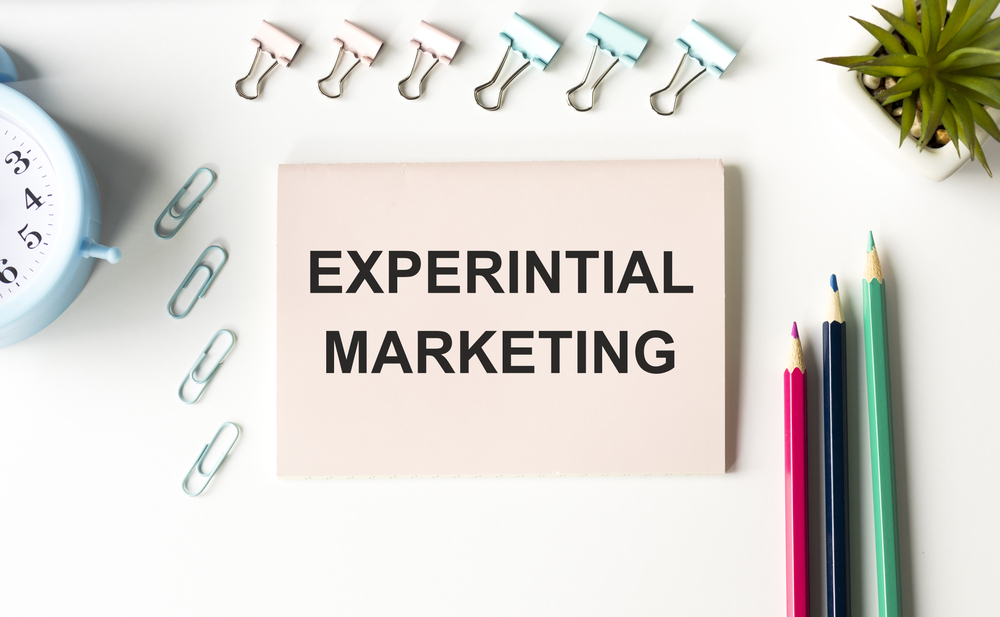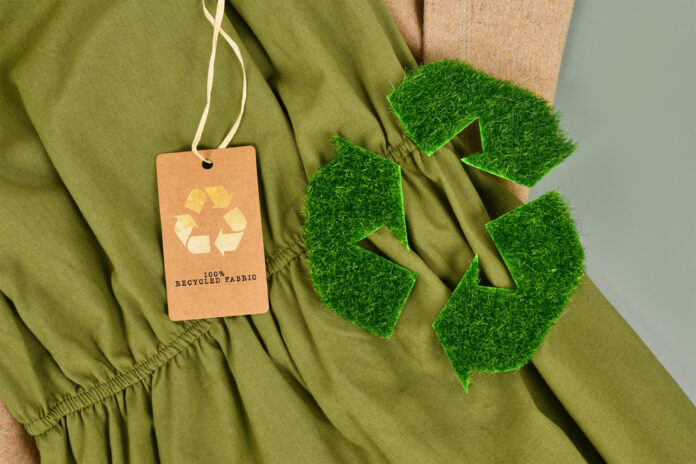Fashion’s Hidden Reality
We are used to admiring runways and collections, but behind this spectacle lies another reality – millions of unsold garments, tons of textile waste, and increasing questions from consumers. I often hear the same question in business meetings: “Can fashion be sustainable?” The answer exists. Yes, it can, if we choose to stop thinking in terms of fast fashion and start building the industry around sustainable development practices.
Eco-Design: A New Way of Thinking
Eco-design is not just organic cotton or recycled plastics. It is an approach to creating a garment. When I work on a project, I always consider its “life afterward.” Can a dress be broken down into separate modules? Can the fabric be reused? How durable is the construction itself?
For example, after one of my shoots, we didn’t send the costumes to the archive or throw them away. Instead, we dismantled them into individual components. A corset became an accessory for another collection, draped fabric turned into a jacket lining, and leftover silk was used in an art installation. The garment gained a second life, and the team felt that we had created not a disposable product but a story that could last.
Major brands employ similar principles. Stella McCartney regularly incorporates recycled materials into new capsules, and Marine Serre became famous for her upcycling. Her collections made from reclaimed fabrics appear in Vogue and international museums, proving that eco-design has both practical and cultural value.
Top 3 Eco-Design Strategies
1. 3D Design Instead of Excess Samples
I often emphasize this approach because I see its effectiveness in practice. For one of my projects, we were creating a look for a shoot with a strong 1970s stylistic concept. Normally, several test garments would be sewn and later discarded or kept by the team. Instead, we created a 3D model of the dress, allowing me to “play” with draping, color accents, and silhouette length directly on a digital model.
As a result, we eliminated three physical samples that would have been cut and discarded. The final dress matched the concept perfectly when it was sewn.
This is important to me for two reasons. First, ecology – less textile waste. Second, creative freedom. 3D design allows experimentation faster, letting me refine an idea without sacrificing resources.
2. Upcycling and Working with Archives
Recently, I conducted a shoot using vintage materials from the 1980s. These were silk fabrics that had been stored for decades, waiting for a second chance. Instead of purchasing new rolls, we gave these materials new life.
For me, this is not just resource-saving – it is an aesthetic with history. Working with vintage materials, you embed that forgotten story into the look: every fold, every worn texture. This cannot be replicated with modern clothing, even if it is expensive; new garments often appear perfectly smooth and, in a sense, sterile.
Moreover, the atmosphere of the shoot changed. My team noted that working with materials that “had seen” other eras created a special energy. And the viewer senses this in the final images.
Global designers are increasingly using similar approaches. Maison Margiela, for instance, works with archives, transforming remnants of old collections into new art-inspired looks. In the Artisanal 2025 collection, about a third of the pieces were made from recycled materials, including old jackets, leather goods, and decorative jewelry. This proves that recycling can be a form of true luxury, not a compromise.
3. Durability Instead of Seasonality
Eco-design challenges the conventional logic of releasing a new collection every three months. When a garment is created to last for years instead of months, it stops being disposable content. This cultivates a different, more respectful attitude toward fashion. Eco-design teaches us to consider not only how a garment looks, but also the mark it leaves on the world.
Circular Economy: Creating Value Instead of Waste
If eco-design answers the question “how to create,” then the circular economy addresses “what to do next.”
Clothing should not end its journey on a clearance rack or in a landfill. Its story can continue through reuse, resale, and recycling.
– Resale and Rental
The new generation increasingly chooses resale platforms and rental services. This is more than cost-saving; it is a new form of consumption, where the garment becomes an experience rather than mere ownership. There is romance and utility in this approach.
– Recycling Technologies
Companies are increasingly investing in textile recycling to create new fabrics. This is expensive, but without it, the industry cannot reduce waste. I have seen projects where old jeans were transformed into new collection pieces. This is not a compromise -it is a fully desirable product.
– New Business Models
More brands are realizing that sustainable development in the fashion industry is an investment, not a cost. By offering fewer, higher-quality items, brands build trust – a key form of brand capital.
Sustainable development in the fashion industry is now a necessity. For me as an art director, it is also a source of inspiration. Eco-design changes the way you look at every material. A fabric is no longer just a dress, decoration, or accessory – it is a story to be told. Sometimes this involves exploring unexpected textures, from recycled denim to vintage silk. Sometimes it means experimenting with digital tools that allow you to test an idea without using a single meter of fabric.
The circular economy also changes the mindset. It teaches that a project does not end with the show or publication, but considers how a garment will live afterward, whether it can return to production, be transformed into something new, or find a second life with another person. Sustainability, in this context, is not a limitation – it expands horizons, making creativity more conscious and fashion more meaningful.
Find a Home-Based Business to Start-Up >>> Hundreds of Business Listings.

